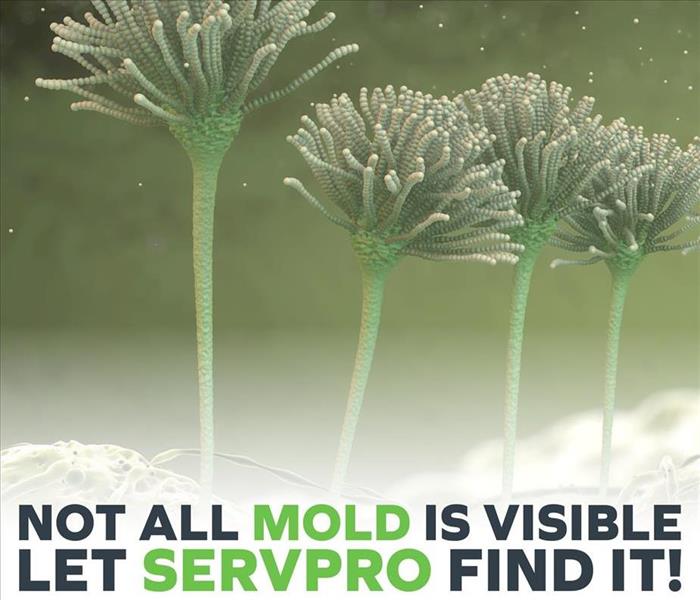How to Prevent Mold in Household Plants
11/14/2024 (Permalink)
Indoor plants add beauty, improve air quality, and bring life to our homes. However, mold growth in plant soil can be a common issue, especially in humid environments. Mold not only affects plant health but can also lead to an unpleasant odor and potential health concerns. Here’s how to prevent mold from developing in your household plants:
1. Avoid Overwatering
Overwatering is the most common cause of mold in plant soil. Excess water creates a damp environment perfect for mold growth. To prevent this:
- Check soil moisture: Only water your plants when the top inch of soil is dry. You can test this by sticking your finger into the soil.
- Drain excess water: Ensure pots have drainage holes, and empty saucers of standing water.
2. Improve Air Circulation
Poor air circulation can trap moisture and encourage mold. To improve airflow:
- Place plants in ventilated areas: Avoid putting them in closed, dark spaces.
- Use a fan: Running a small fan near your plants a few hours a day can help keep air moving and reduce humidity.
3. Adjust Humidity Levels
Mold thrives in humid conditions. If your indoor environment is humid, try the following:
- Use a dehumidifier: This can help reduce moisture in the air, especially if you have many plants or live in a naturally humid area.
- Avoid misting: While some plants benefit from misting, excess humidity around the leaves and soil can encourage mold.
4. Choose the Right Soil
Good soil quality helps prevent mold:
- Use well-draining soil: Soil with good drainage prevents water from lingering around plant roots.
- Avoid reusing old soil: Old soil can harbor mold spores, so always use fresh potting soil for new plants.
5. Add a Soil Topper
A layer of decorative stones or sand on top of the soil creates a barrier that inhibits mold growth:
- Add sand or small rocks: This helps keep the top of the soil dry, which discourages mold from forming.
6. Keep Plant Leaves Clean
Dust and debris can encourage mold growth, so clean your plant’s leaves regularly:
- Wipe down leaves: Use a damp cloth to remove dust, and make sure no water droplets remain afterward.
- Remove dead leaves: Regularly trim dead or decaying leaves, as these can create mold-friendly spots.
7. Give Plants Enough Sunlight
Sunlight helps dry the soil and prevent mold:
- Place plants in natural light: Position plants near windows or other light sources, and rotate them to get even exposure.
- Use grow lights: If your home doesn’t get enough natural sunlight, grow lights can help maintain healthy plant conditions.
8. Use Natural Fungicides If Needed
If you see early signs of mold, try these natural remedies:
- Cinnamon powder: Sprinkle a small amount on the soil’s surface; cinnamon has natural antifungal properties.
- Baking soda solution: Mix one teaspoon of baking soda with a quart of water, and spray lightly on the soil.
By following these simple tips, you can create a healthier environment for your plants and keep mold at bay. With the right balance of moisture, airflow, and sunlight, your household plants will thrive mold-free!





 24/7 Emergency Service
24/7 Emergency Service
